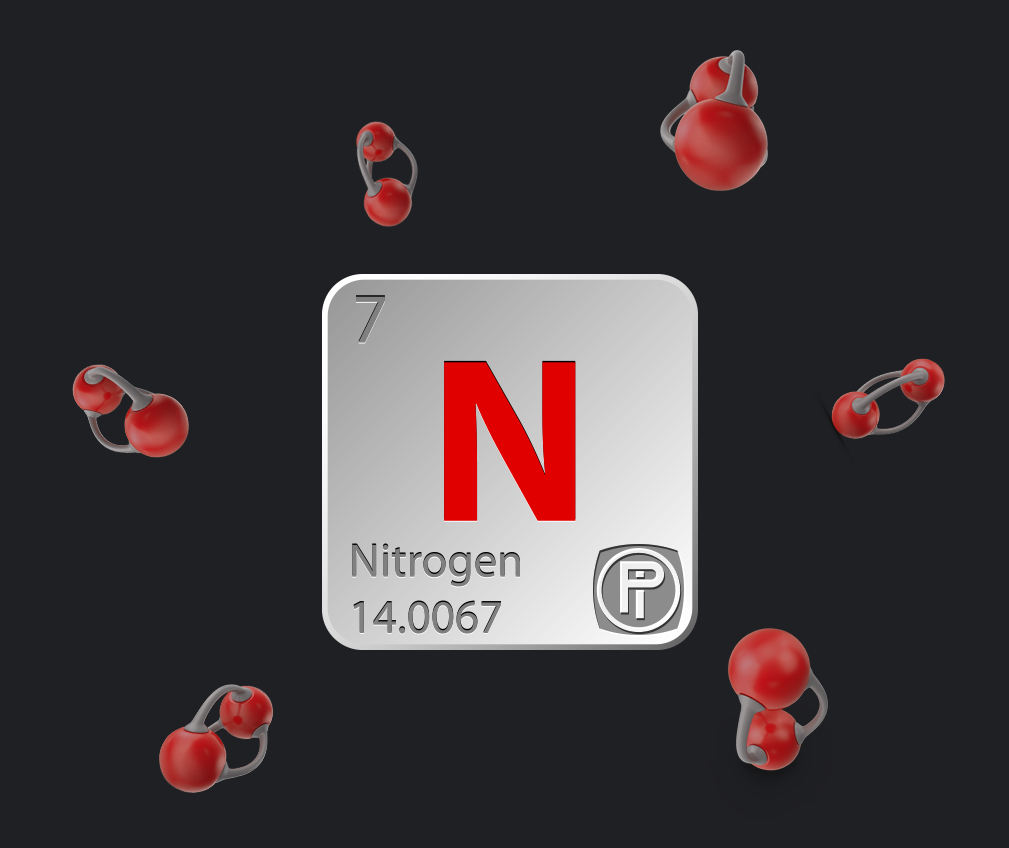PREMABERGO
TSA Dryer
Removes impurities at a molecular level in a carrier fluid.
Suitable for gaseous or liquid streams of:
| Propylene | C3H6 |
| Propane | C3H8 |
| Butane | C4H10 |
| LPG | C3H8 |
| Toluene | C3H5CH3 |
| Benzene | C6H6 |
| Hexane | C6H14 |
| Ethylene | C2H4 |
| Off-gas | (Propylene & Propane MIX) |
| Nitrogen | N2 |
| Hydrogen | H2 |
| other Hydrocarbons |
Each TSA Dryer is unique and custom-built for the specific process requirements.
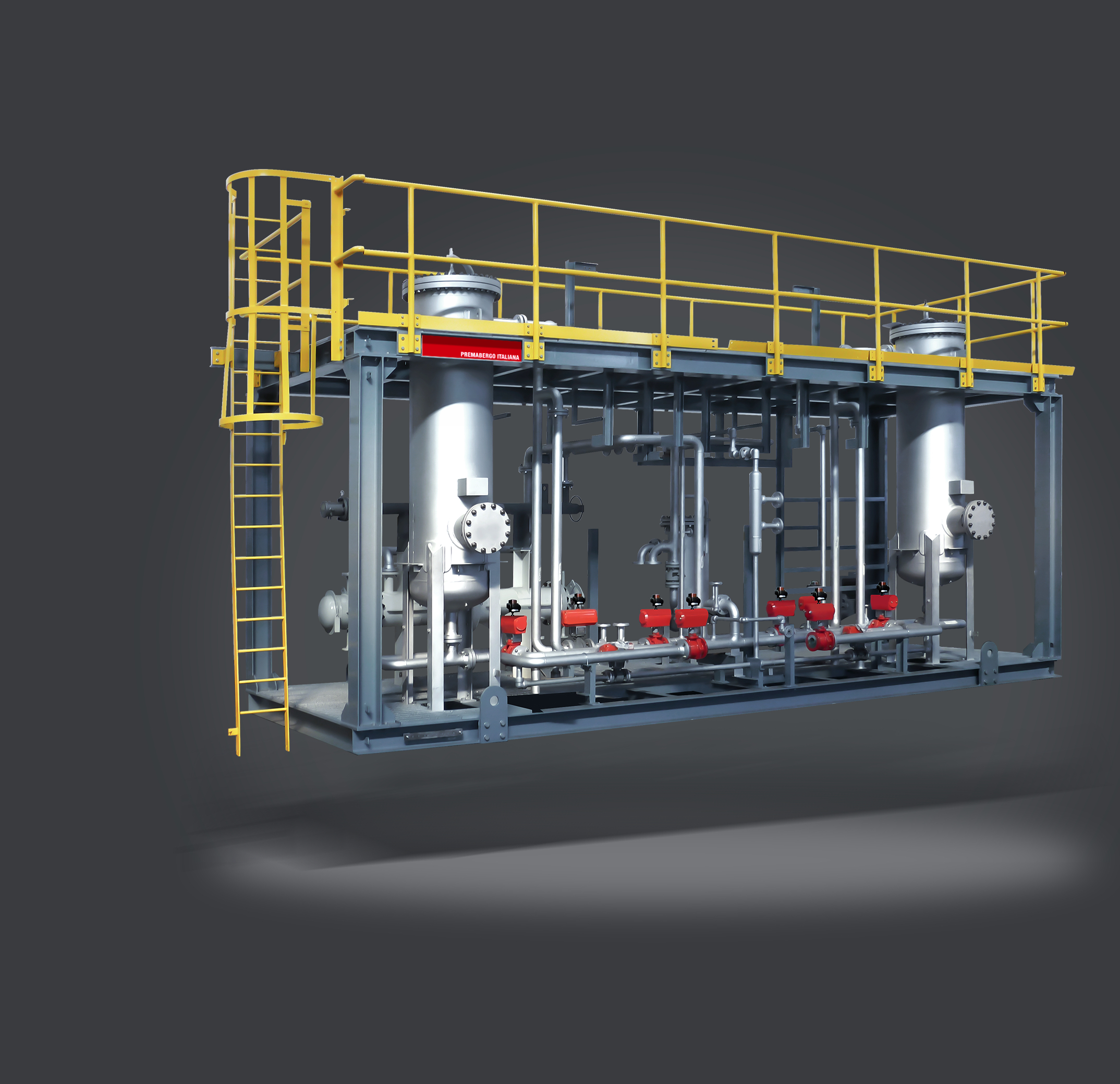
The finest
adsorption technology
Alumina and molecular sieves enable the physical
and dynamic adsorption of impurities.
This adsorbent material is carefully
chosen and designed during
engineering phases.
Streams can achieve a purity level
with contaminant concentrations at extremely low PPM.
The finest
adsorption technology
Alumina and molecular sieves enable the physical and dynamic adsorption of impurities.
This adsorbent material is carefully chosen and designed during engineering phases.
Streams can achieve a purity level with contaminant concentrations at extremely low PPM.
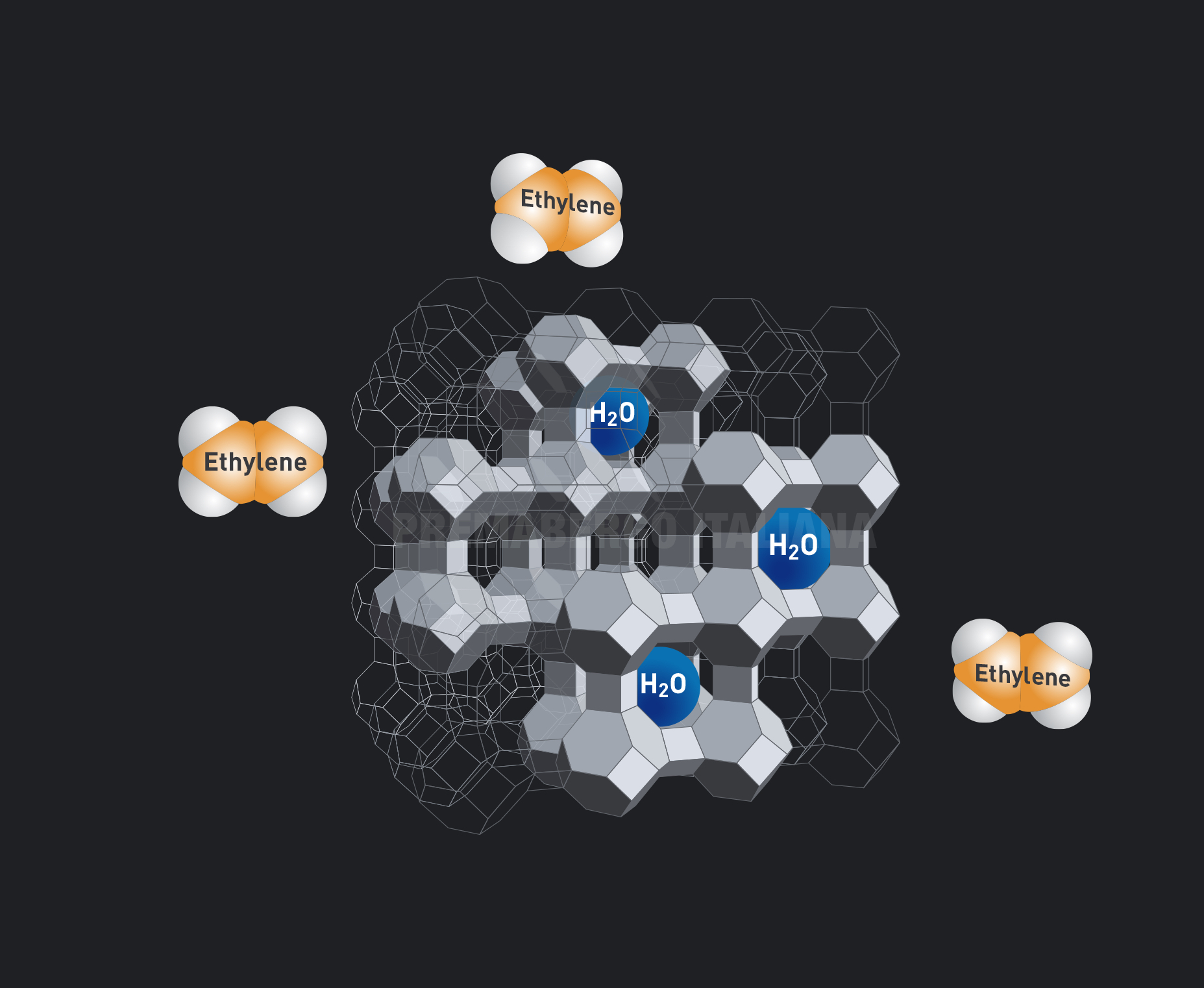
APPLICATIONS:
PETROCHEMICAL/POLYMERS
– Removal of water at the molecular level before the
polymerization reactor is essential to prevent water
from interfering or ruining the catalyst.
In the presence of water molecules, the polymer does not
form its complete or regular structure. Specifically, the
stereoisomerism of the polymer is compromised.
The stream from which the polymer is obtained can be
either liquid or gaseous.
We normally have Propylene, LNG, Hexane, Xylene as
liquid streams at pressures from 20 to 40 barg.
Examples of fluid in a gaseous state for polymers are:
Ethylene, Off-gas (Propylene + Propane), Butene.
As regards ethylene, the removal of CO2 is almost
always required;
– H2 in polymerization plants is used as a regulator of
reaction rate inside reactors; for this reason
it must be extremely anhydrous and not contain CO
which is a poison for catalysts.
PETROCHEMICAL/POLYMERS
– Removal of water at the molecular level before the polymerization reactor is essential to prevent water from interfering or ruining the catalyst.
In the presence of water molecules, the polymer does not form its complete or regular structure. Specifically, the stereoisomerism of the polymer is compromised.
The stream from which the polymer is obtained can be either liquid or gaseous.
We normally have propylene, LNG, hexane, xylene as liquid streams at pressures from 20 to 40 barg.
Examples of fluid in a gaseous state for polymers are:
Ethylene, off-gas (propylene + propane), Butene.
As regards ethylene, the removal of CO2 is almost always required;
– H2 in polymerization plants is used as a regulator of reaction rate inside reactors; for this reason it must be extremely anhydrous and not contain CO which is a poison for catalysts.
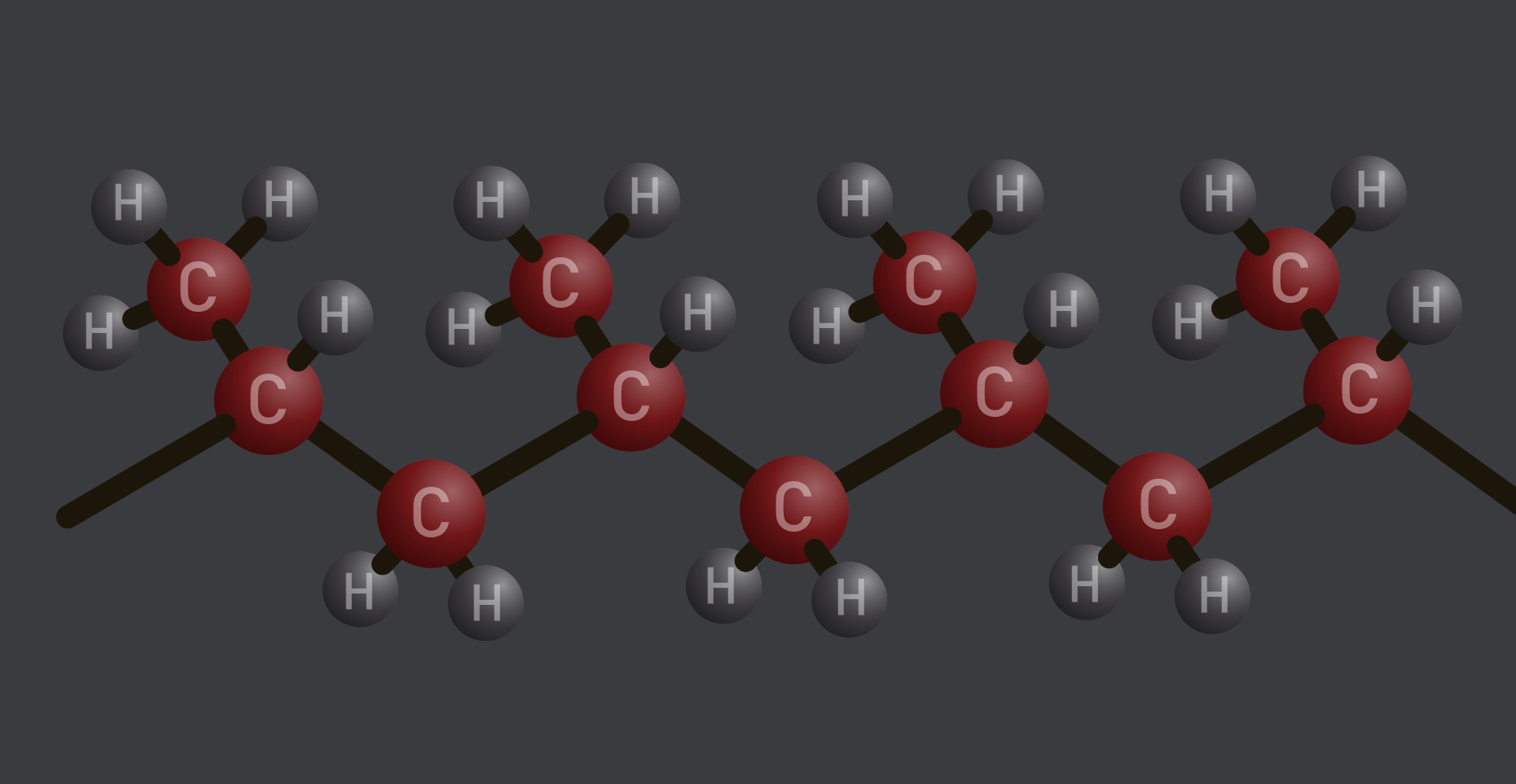
OIL & GAS
Water removal at the molecular level for NG, LPG,
and Methane streams.
In these fluids, water is removed to prevent issues
during compression, to stabilize the calorific value and
to avoid poisoning the catalyst.
Purification is necessary because these fluids are
typically sold to external companies who pay based
on the degree of purity.
OIL & GAS
Water removal at the molecular level for NG, LPG, and Methane streams.
In these fluids, water is removed to prevent issues during compression, to stabilize the calorific value and to avoid poisoning the catalyst.
Purification is necessary because these fluids are typically sold to external companies who pay based on the degree of purity.
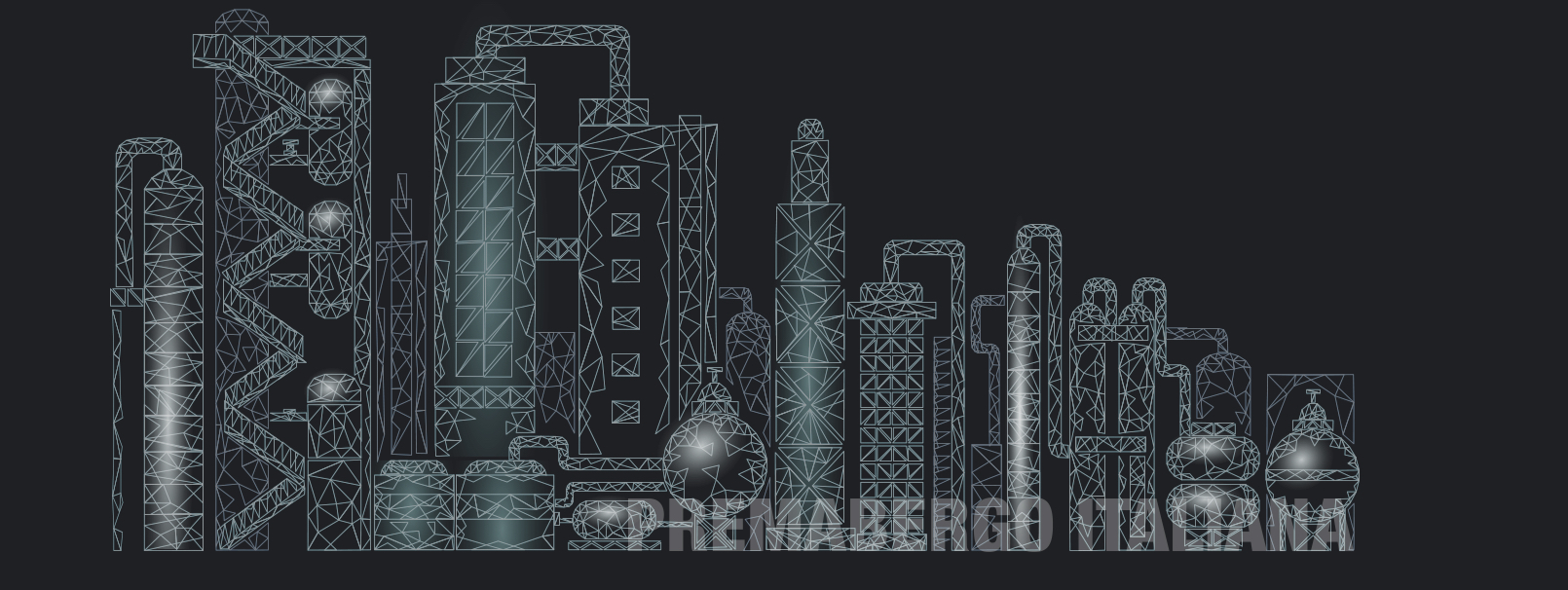
NATURAL GAS OR PROPANE
SERVICE STATIONS
It is often more convenient to remove water at the molecular level
directly on-site, rather than purchasing NG, LPG, or methane that
is already extremely purified.
If this strategy is chosen, the Service Stations must
have a compressor (for pressures ranging from 10
to 40 barg) and the corresponding TSA Dryer.
NATURAL GAS OR PROPANE
SERVICE STATIONS
It is often more convenient to remove water at the molecular level directly on-site, rather than purchasing NG, LPG, or methane that is already extremely purified.
If this strategy is chosen, the Service Stations must have a compressor (for pressures ranging from 10 to 40 barg) and the corresponding TSA Dryer.
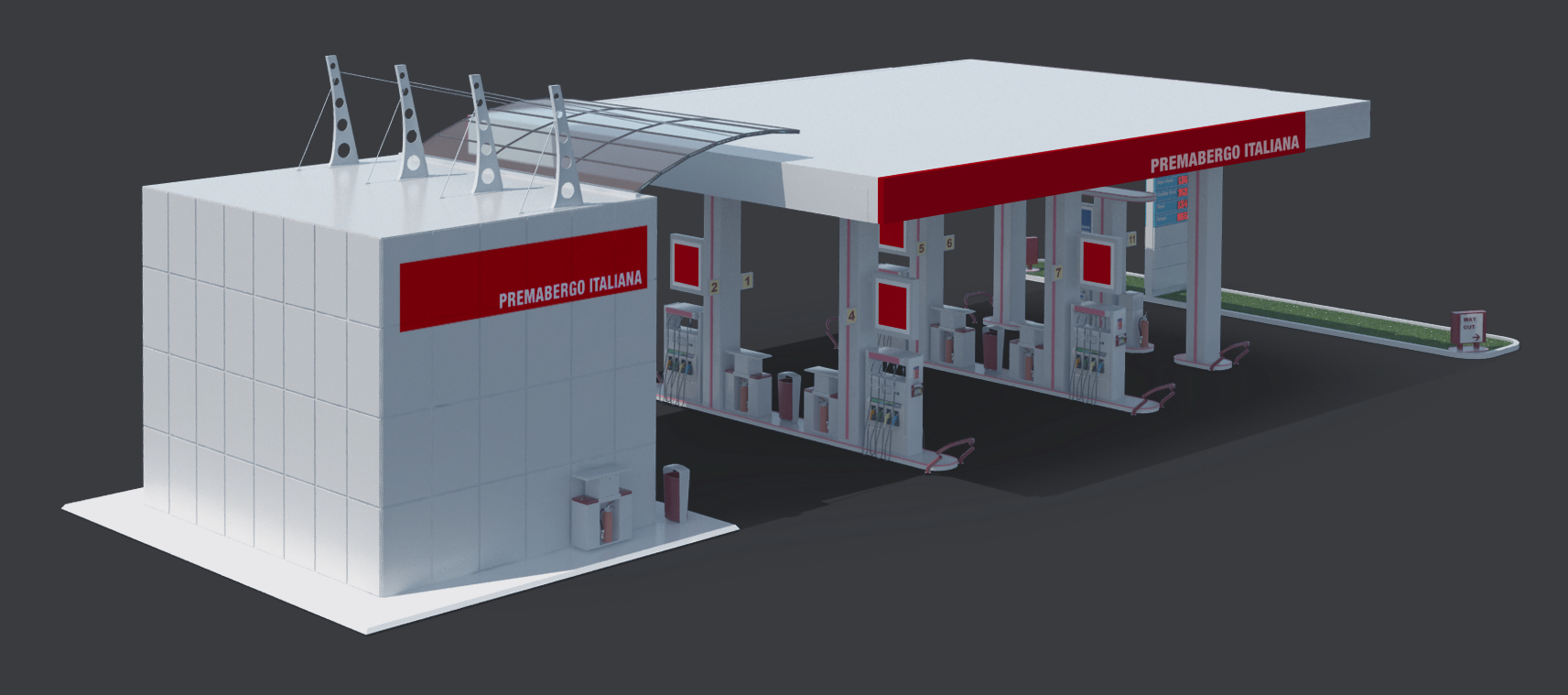
POWER STATION
Normally, the fluid is NG which is burned
to generate electrical energy through a gas turbine.
In these cases, the flow rates are extremely high, and the
pressure never exceeds 20 barg (inside the turbine).
The removal of water is also necessary in this case to
stabilize the calorific value and to prevent problems for
the compressor and turbine.
POWER STATION
– Normally, the fluid is NG which is burned to generate electrical energy through a gas turbine.
In these cases, the flow rates are extremely high, and the pressure never exceeds 20 barg (inside the turbine).
– The removal of water is also necessary in this case to stabilize the calorific value and to prevent problems for the compressor and turbine.
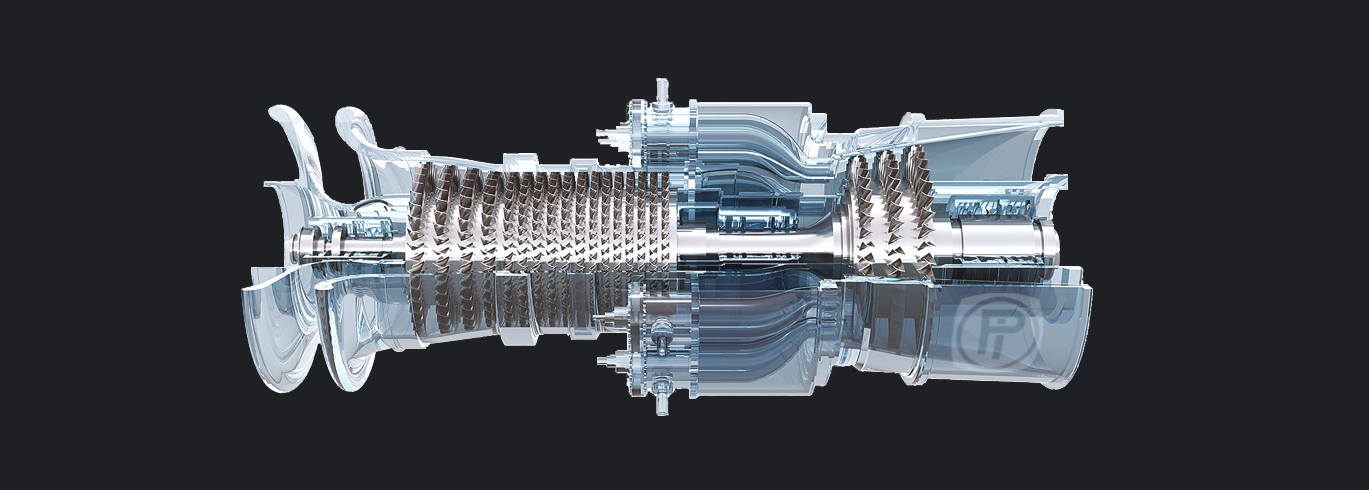
UTILITY
Sometimes, TSA Dryers are also used to produce
extremely dry instrument air in systems.
Normally, instrument air is produced through
PSA Dryers; However, for large quantities of instrument
air, TSA technology is more convenient.
UTILITY
Sometimes, TSA Dryers are also used to produce extremely dry instrument air in systems.
Normally, instrument air is produced through PSA Dryers; However, for large quantities of instrument air, TSA technology is more convenient.
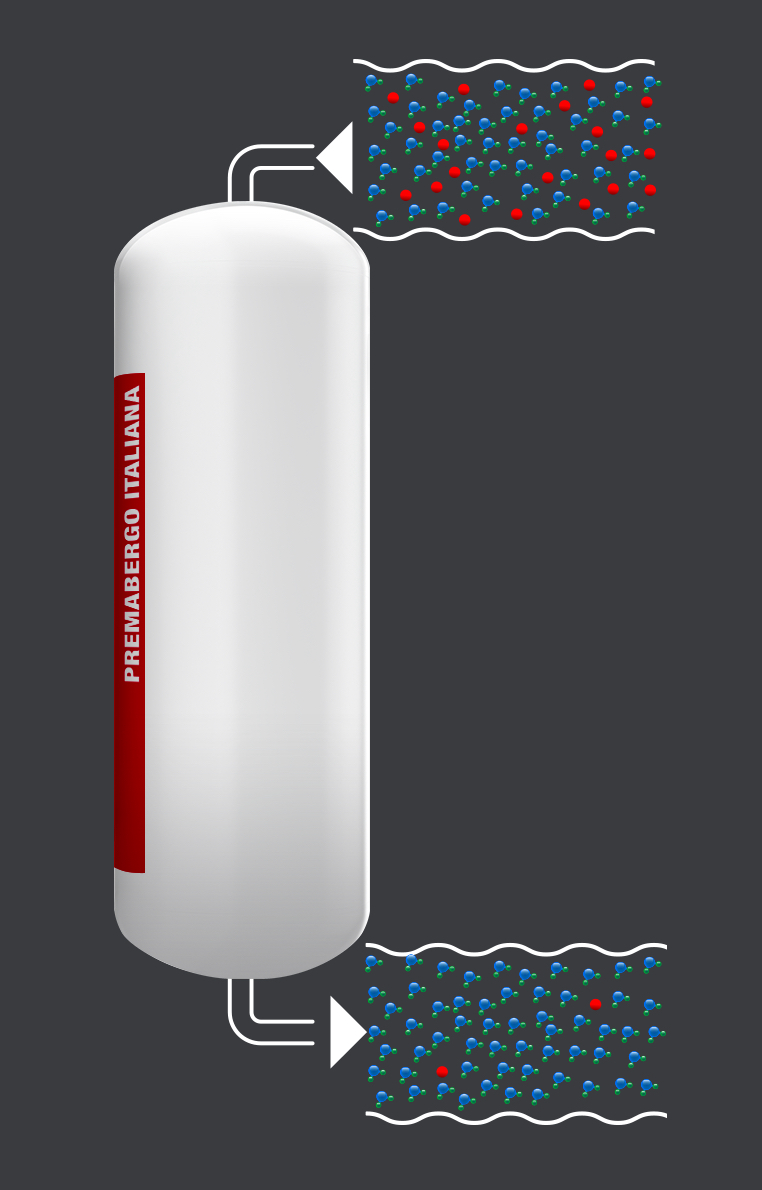
SERVICE NITROGEN PURIFICATION
FOR CLEANING LINES AND
EQUIPMENT INERTING
For these applications, the PREMABERGO TSA Dryer
allows us to obtain extremely dry Nitrogen.
SERVICE NITROGEN PURIFICATION
FOR CLEANING LINES AND
EQUIPMENT INERTING
For these applications, the PREMABERGO TSA Dryer allows us to obtain extremely dry Nitrogen.
